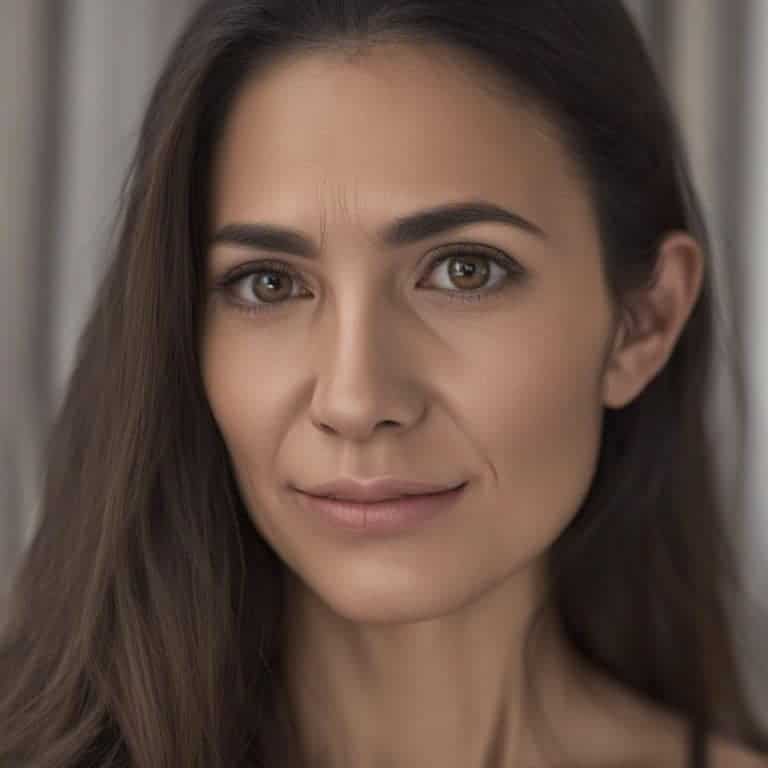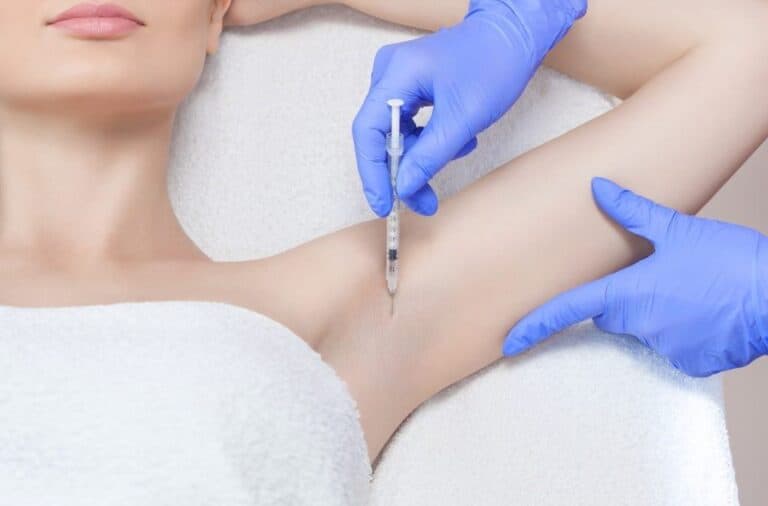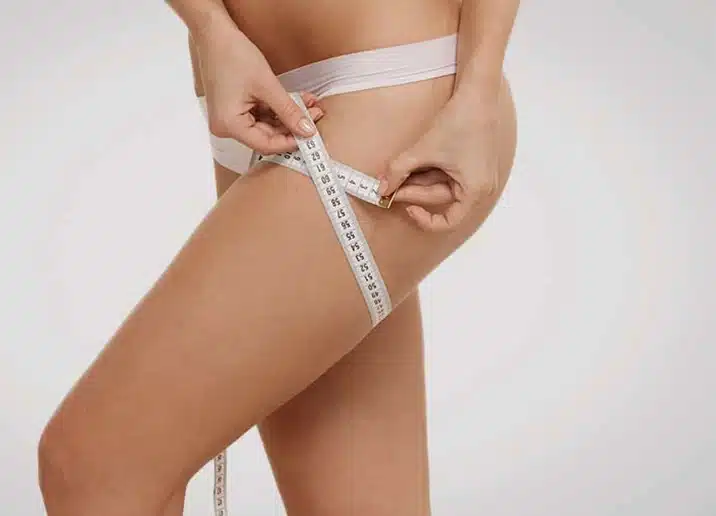Types of Laser Treatments for Face
Understanding Laser Resurfacing
Laser Basics
Laser resurfacing rejuvenates the skin by removing damaged layers. It aims to reduce wrinkles, scars, and blemishes. This laser therapy method uses concentrated light beams from nonfractionated lasers, including CO2 laser resurfacing, for precise skin layer removal with energy laser.
Ablative Lasers
Ablative treatments remove the top skin layer. They are powerful but require more recovery time. Ideal for deep wrinkles, significant sun damage, and various skin types, ablative lasers offer dramatic results, including skin resurfacing treatments and skin tightening.
Patients may experience redness and need weeks to heal. The outcome can be transformative, restoring a youthful appearance.
Non-Ablative Lasers
Non-ablative, nonfractionated lasers options target the underlying skin tissue without harming the surface epidermis for procedures like laser therapy and hair removal. They stimulate collagen production, improving skin tone and texture with minimal downtime, effectively treating facial wrinkles through CO2 laser resurfacing and enhancing hair removal with laser light.
These treatments, such as skin tightening and laser skin resurfacing for mild aging signs and certain skin conditions, suit mild aging signs and are less invasive than surgery. Patients can return to daily activities sooner after skin resurfacing treatments like laser skin resurfacing, making it a popular choice for those seeking gentle rejuvenation and skin tightening without surgery.
Expert Advice
Consulting a dermatologist is crucial before deciding on laser treatment for skin resurfacing, skin tightening, or scarring, especially considering different skin types. They assess your skin type and concerns, including face types, to recommend the best laser approach for the patient.
The right treatment, including laser effects, varies per individual patient, considering factors like skin sensitivity and desired results on the face. A professional evaluation ensures safety and effectiveness in achieving healthier, younger-looking skin, with improvements from laser effects on the face.
CO2 Laser for Skin Resurfacing
Deep Penetration
CO2 laser resurfacing uses concentrated light to delve deep into the skin tissue on the face, effectively treating scarring. This laser process stimulates collagen production in facial tissue, essential for youthful and healthy skin and reducing scarring. The heat from the laser precisely removes layers of skin, leading to regeneration and reducing scarring, tissue damage, and unwanted hair.
The technology behind CO2 lasers allows them to target deeper layers of skin than other types of laser treatments. This makes laser hair removal particularly effective for more pronounced skin issues.
Effective Treatment
CO2 lasers stand out for their ability to address deep wrinkles, scars, skin tightening, and skin resurfacing across various skin types, excluding hair. Their precision in skin tightening and laser skin resurfacing means they can focus on problem areas, including hair and different skin types, without damaging surrounding tissues. Patients often see significant improvements in their complexion after laser skin resurfacing treatment, including skin tightening, for various skin types.
This method, involving laser technology, is highly regarded among dermatologists for its effectiveness in rejuvenating the skin. It’s a powerful laser option for those looking to reduce the appearance of aging or damaged skin.
Recovery Process
Post-treatment care, including skin tightening, is crucial for healing after CO2 laser resurfacing. Patients should expect some downtime, typically one to two weeks, depending on the extent of their treatment, such as laser skin resurfacing or skin tightening.
During this period, it’s important to follow a skincare routine that supports recovery after laser treatment. This includes keeping the skin moisturized and protected from the sun. Proper care ensures optimal healing and results from the laser skin resurfacing treatment, including skin tightening.
IPL for Sun Damage Repair
Targeted Correction
IPL, or Intense Pulsed Light, technology is a game changer in treating sun damage, laser skin tightening. It works by emitting a range of lightwaves from a laser that are then absorbed by the pigmentation and redness in the skin. This absorption process breaks down the pigment into smaller particles, which the body can naturally eliminate.
The result? A more even skin tone and reduced appearance of damage from laser treatment. IPL is particularly effective for fading dark spots and correcting areas of hyperpigmentation caused by prolonged exposure to the sun.
Non-Invasive Approach
One of the biggest advantages of IPL laser treatments is their non-invasive nature. Unlike some laser treatments that require breaking the skin’s surface, IPL works from the outside in. This means less risk for infection and no downtime post-treatment with laser.
Patients with various skin types find IPL beneficial because it’s gentle yet effective. It’s important to consult with a professional to ensure your skin type is suitable for this kind of laser treatment.
Treatment Plan
A typical IPL treatment plan involves multiple sessions spaced about a month apart. Most patients see significant improvements in their skin’s appearance after three to five laser sessions. However, this can vary depending on the extent of sun damage and individual skin responses to laser treatment.
Each laser session usually lasts between 20 to 30 minutes, making it a convenient option even for those with busy schedules. For lasting results, maintenance laser treatments every six months to a year are recommended.
Fractional Laser for Acne Scars
How It Works
Fractional lasers target deep acne scars effectively. They create micro wounds in the skin. This process stimulates healing and new collagen production.
The treatment is precise, focusing only on damaged areas. Healthy skin around the scars speeds up recovery. Patients notice improvements in texture and firmness.
Scar Types
These lasers work on various acne scars. Ice pick, boxcar, and rolling scars can all be treated with laser. Each type responds differently to the laser’s touch.
Fractional lasers adjust to treat each scar type effectively. This versatility makes laser them a preferred choice for many with related scarring.
Recovery Balance
Post-treatment, some redness and swelling are common. These side effects from the laser are temporary, lasting a few days to a week.
The balance between efficacy and downtime is notable with fractional lasers. Patients can return to daily activities shortly after laser treatment, making it a convenient option for those seeking skin rejuvenation without significant interruption to their lives.
Pulsed-Dye Laser for Vascular Concerns
Targeted Action
Pulsed-dye lasers specifically address issues beneath the skin’s surface. They work by heating, with laser, the inflamed blood vessels or broken capillaries causing redness and spots. This laser targets the pigmentation in the blood without harming surrounding tissue.
The procedure is precise, focusing energy on problematic vessels. Laser treatment reduces vascular concerns like rosacea and broken capillaries effectively. The laser’s wavelength is absorbed by the blood’s melanin, leading to vessel collapse and fading of discoloration.
Minimal Discomfort
Patients often worry about pain during laser treatments. However, pulsed-dye laser procedures offer minimal discomfort. Most describe it as a quick snap against the skin with immediate return to daily activities, similar to a laser treatment.
This laser aspect makes it a preferred choice for those seeking effective solutions without downtime. It stands out from other treatments, like laser, that require a significant recovery period.
Multiple Sessions
Achieving full clearance of vascular lesions usually requires more than one laser session. The number of treatments depends on the severity of the condition and the body’s response to the laser.
Doctors can provide an estimated treatment plan, including laser options, after assessing individual concerns. Patients notice gradual improvements with each laser session, leading to clearer skin over time.
Erbium Laser for Fine Lines
Gentle Alternative
Erbium lasers offer a gentler approach to skin rejuvenation. They effectively target fine lines and minor imperfections with laser technology, using less heat and reducing damage to the surrounding skin. This laser type is especially suitable for sensitive areas where precision is crucial.
Unlike CO2 lasers, erbium lasers minimize discomfort and are ideal for those seeking milder treatments. They work by vaporizing damaged skin cells at the surface level with laser, promoting collagen production in the process.

Recovery Time
One of the standout benefits of erbium laser treatment is its shorter recovery time. Patients often return to their normal activities much quicker than after more intensive laser resurfacing methods.
The healing process is significantly faster because erbium lasers focus on the epidermis and upper dermis layers without affecting deeper tissues. This precision ensures a smoother recovery, with redness and swelling subsiding within a week for most individuals undergoing laser treatment.
Precision Targeting
Erbium lasers excel in treating specific areas with high accuracy. They remove thin layers of skin with minimal heat using laser, preventing injury to adjacent tissues.
This capability makes erbium laser treatments highly effective for refining the appearance of fine lines and wrinkles. The targeted laser approach ensures that only the problem areas are addressed, leaving healthy skin intact.
Selecting the Right Laser Treatment
Skin Analysis
Before diving into laser therapy, a detailed skin analysis is crucial. This step helps identify specific skin conditions and types. It ensures the chosen laser treatment aligns with individual needs.
Professionals use various tools to assess skin health. They look for issues like sun damage, acne scars, or early signs of aging with laser technology. Understanding these factors is key to tailoring a unique treatment plan.
Consultation Importance
A thorough consultation cannot be overstressed. It’s essential for setting realistic expectations about potential results and discussing any risks with laser treatments. During this time, patients should openly share their goals and concerns.
Skincare experts explain how different lasers target specific problems. They might discuss how some lasers are better for hair reduction while others excel at improving skin texture. This conversation helps in making an informed decision.
Lifestyle Considerations
Choosing between laser options also involves considering one’s lifestyle and downtime management ability. Some treatments require a significant recovery period. Others allow patients to resume daily activities almost immediately.
Patients must weigh the pros and cons of each option. For instance, treatments offering quick results might need more recovery time. Those with minimal downtime may require multiple sessions to achieve desired outcomes.
Closing Thoughts
Navigating the world of laser treatments for your face can feel like a maze. But armed with knowledge about CO2 lasers, IPL, fractional lasers, pulsed-dye lasers, and erbium lasers, you’re well-equipped to make an informed decision. Each treatment offers unique benefits for skin resurfacing, sun damage repair, acne scars, vascular concerns, and fine lines. Your journey to clearer, rejuvenated skin starts with choosing the right laser treatment tailored to your specific needs. Don’t let uncertainty hold you back. Reach out to a professional today and take the first step towards the flawless skin you deserve. Your perfect match in laser treatment awaits.
Ready to transform your skin? Book a consultation with a skincare expert now and discover the best laser treatment for your face. Say goodbye to guesswork and hello to glowing results.
Frequently Asked Questions
What is laser resurfacing and how does it benefit the skin?
Laser resurfacing rejuvenates the skin by removing damaged skin layers with precision. This process stimulates collagen production, resulting in smoother, younger-looking skin.
Can CO2 lasers effectively treat wrinkles and scars?
Yes, CO2 lasers are highly effective in treating deeper wrinkles, scars, and uneven textures by promoting intense skin resurfacing and regeneration.
How does IPL treatment work for sun damage?
IPL (Intense Pulsed Light) targets pigmented cells caused by sun damage, reducing the appearance of spots and improving skin tone without damaging surrounding tissue.
Are fractional lasers good for acne scars?
Fractional lasers are excellent for treating acne scars. They create micro-wounds that trigger the body’s healing process, leading to smoother skin and reduced scar visibility.
What vascular concerns can pulsed-dye lasers address?
Pulsed-dye lasers are designed to target blood vessels directly, effectively treating rosacea, spider veins, and other vascular lesions by reducing redness and improving skin appearance.
How does the Erbium laser treat fine lines?
Erbium lasers gently vaporize superficial fine lines while stimulating collagen production beneath the skin, leading to a smoother texture and a more youthful appearance.
How do I choose the right laser treatment for my face?
Selecting the right laser treatment involves understanding your specific skin concerns, consulting with a qualified dermatologist, and considering factors like recovery time and potential side effects.






